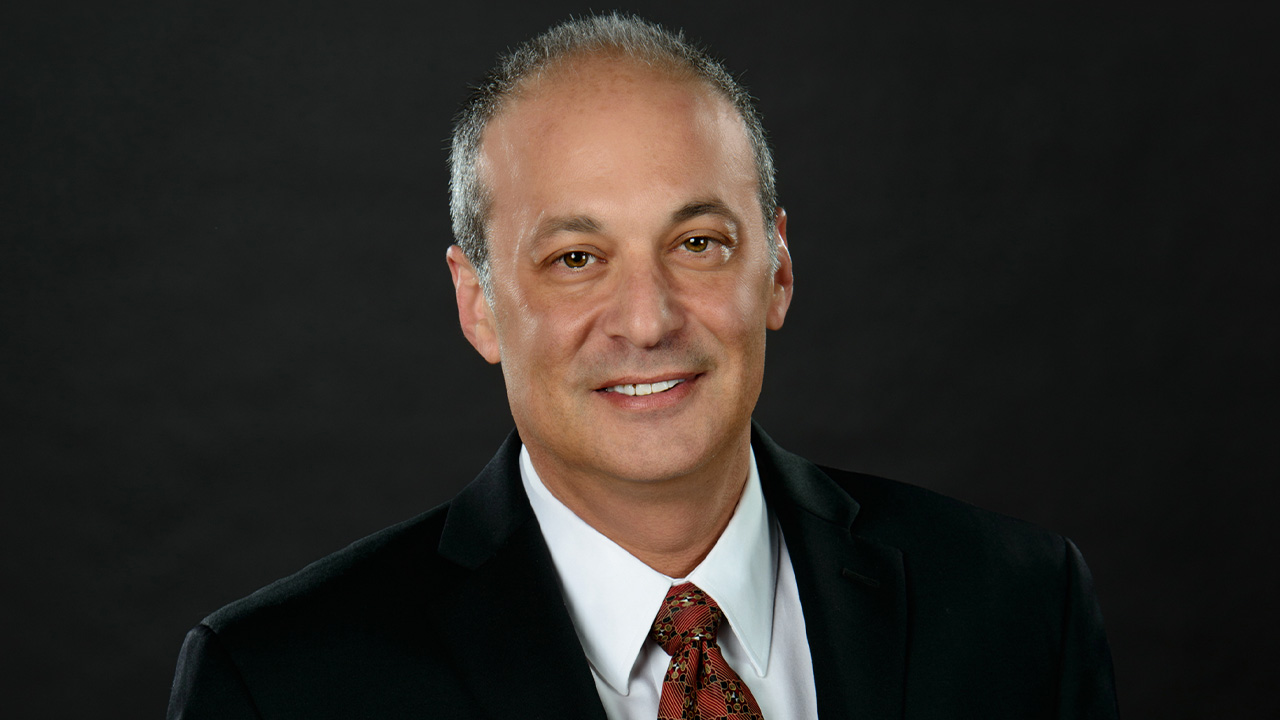If you are over 30—and maybe younger—you sat in rows in school. Perfect rows, nice, neat and consistent.
Henry Ford is famous for having perfected, if not inventing, the assembly line. Everything nice and neat, running in a very careful order.
And the classic business organizational chart is familiar to us all. We see from the CEO or owner on down, what part of the business we work in, and all other departments and divisions. Neat and orderly.
These are in great part what made American business so great. We worked in an organized way, producing great products efficiently and effectively. Many of us try to run our businesses/organizations this way. Neat, orderly, structured, well known and understood by all.
Problem is, the world really does not work that way anymore.
Digital innovation and transformation are causing us to have to communicate, collaborate, iterate, accept failures, innovate some more, and go through that cycle faster than ever before. Indeed, the speed of change is constantly accelerating, and it is anticipated that 5G data and “internet of things” technology will give our current dizzying speeds an unthinkable turbo boost.
Org charts, neat rows and human-operated assembly lines are dinosaurs, and likely soon to be extinct. Now, don’t get me wrong: Areas of responsibility and expertise will remain, so the org chart is a part of governance that will live on. But it isn’t how things will actually get done.
Systems and order are what engineering does for us. But the idea of us all being lined up and learning at our own desk is not how things get designed and built.
We will continue to have assembly lines, but they will continue to be increasingly automated and managed by computers. They work 24/7, and can make systemic changes virtually on the fly.
Yet, the more things change, the more they stay the same. We still need whole organizations to work together; just in more complex and much faster ways. The best way for that to happen is to have healthy and aligned teams.
Healthy means that people know and trust each other and can speak to business and behavioral issues openly and honestly. They have robust debates, stay focused on the issues—not the personal or personality differences—and arrive at the best outcomes for the business.
Aligned means that all your teams know the main thing for which the business exists, and they keep that constantly in mind. Alignment means that your people, processes, strategy and customer activities all serve the main goal.
Stephen Garber is director of Third Level Ltd. Contact him at 561.752.5505 or sgarber@thirdlevel.com.














